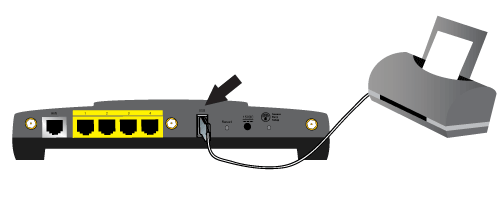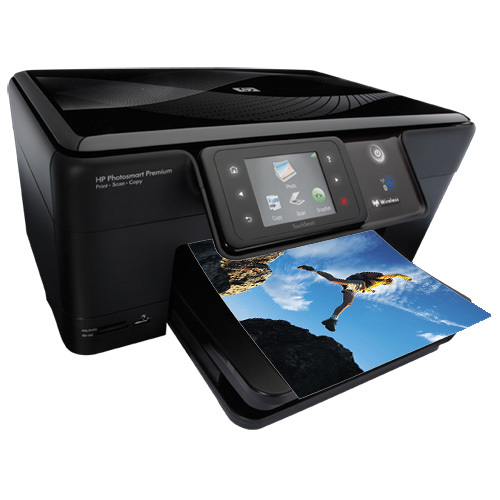With rising adoption of mobile devices and slimmer laptops in the workplace, wireless printing has become the rule rather than the exception in many offices. Under the best of circumstances, a strong Wi-Fi connection lets anyone print from a phone, tablet or PC from any desk or conference room. Wireless printing is usually really simple and a lot better than having to wrangle with thick, tangled serial, parallel and/or USB printer cables. Plus, you're not tied to a single machine like a big desktop PC. Wireless printing is not without its fair share of issues, though. A lot can go wrong between router configurations, automatic Wi-Fi network connections (i.e., to a network that isn't the same one as the printer's) and required printer-related software updates on user devices. Let's say you have a new HP printer from your that isn't cooperating with devices trying to print.

Here are a few tips to keep in mind. Always start with a restart 'Did you try restarting device?' Is probably the most commonly asked question of all time from IT helpdesks, and for good reason. It's a simple action that can fix a wide range of problems, including ones with wireless printers.
It gives code execution, including within routers, the chance to restart, while also killing any programs that may be leaking memory (Mozilla Firefox and Google Chrome have been known to do so on Macs, for example). Whether your printer has worked on your network before or not, a restart should be your first step. Diving into more technical matters The next thing to do is to test the connection between the printer and the network. We'll mainly look at HP printers in this entry.
On many HP models, you can do this by pressing the Wireless button to print a Wireless Network Test report. What should you be looking for in this test report?
Here's what to keep an eye out for:. With most HP printers, there should be an area labeled Connectivity. If you see the word 'PASS' in this field, then a connection exists. If not, then the printer is not connected to a network. Check router configurations and try to connect the printer again from the start. There are several options for doing so, including WPS/Wi-Fi Protected Setup, HP Wireless Setup Wizard and HP Auto Wireless Connect, which is probably the easiest as explained in. The Current Configuration area has a field called Network Name (SSID) that should contain the name of your wireless network.
If not, then follow the instructions from the first bullet point to get a network connection up and running. Note any error messages that may appear in this report. They may provide more information that could explain why the printer has stopped working with the network. That report should usually give you enough information to get started with troubleshooting problems with the printer itself.
On the computer from which you are trying to print, always check whether any security software was recently updated and if the machine has a stable network connection. Software like the HP Print and Scan Doctor for Microsoft Windows can help in this regard.
Hp Wr100 Wireless Print Server For Mac Pro
'Setting up a static IP address can head off many wireless printer issues at the pass.' With IP addresses, any printer with a dynamic IP address could have its address changed, which can interrupt communications between it and other devices on the network. On Windows, you can run the Update IP Address utility to fix changes in IP addresses on your printers, or, if it's not available for your model, you may try HP Print and Scan Doctor. On Mac, the issue can usually be fixed by removing and re-adding the printer in System Preferences. On either operating system, setting up a static IP address may be your best long-term bet for heading off IP addresses at the pass. This can usually be done in several simple steps:.
Hp Wp 100 Wireless Print Server For Mac
You'll need to print out a Wireless Network Test report as well as a Network Configuration page so that you can compare the IP addresses of your printer and network gateway. These printouts can also give you info on whether a network connection is even present (e.g., if the IP address starts with 169 or 0 then the printer isn't connected). Type the printer's IP address into a Web browser on a PC to access its internal settings.
Find the appropriate menu for changing IPv4 settings on your printer (the options will vary by model). Set an IP address manually. Ensure that it is within your router's DHCP range. You can use something as high as 250 if you're unsure, or contact the router manufacturer to find out more about the range. Do not go over 254.

Set the subnet address, which is probably 255.255.255.0. Use the router's IP address as both the gateway address and first DNS field. Restart both your router and your printer. We'll touch upon some other models of printer in future articles about troubleshooting wireless printing. For now, be sure to use these tips as well as the if you run into any issues with your wireless printer.